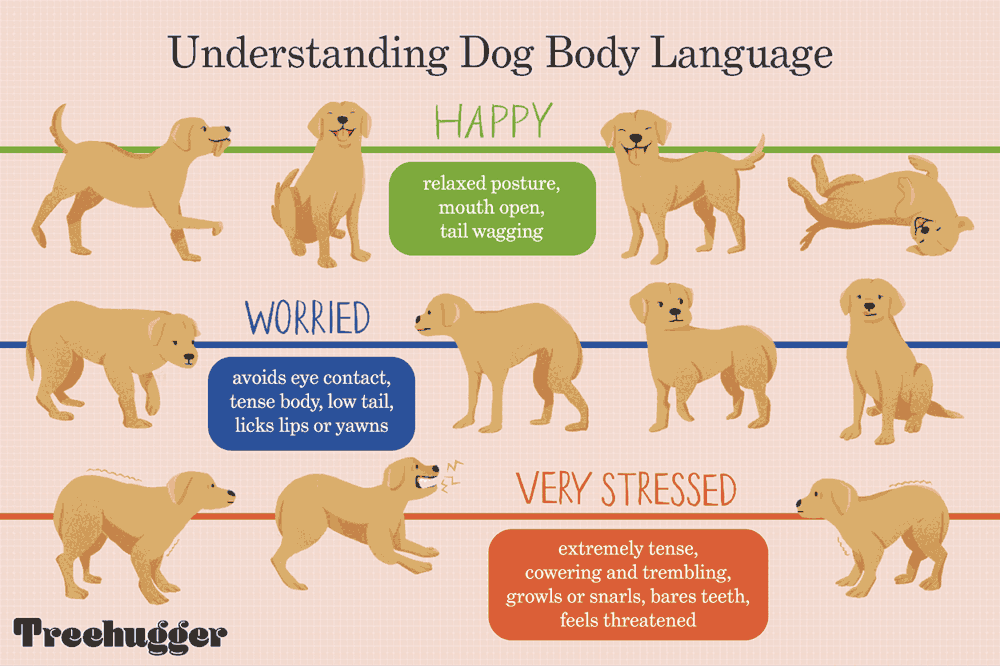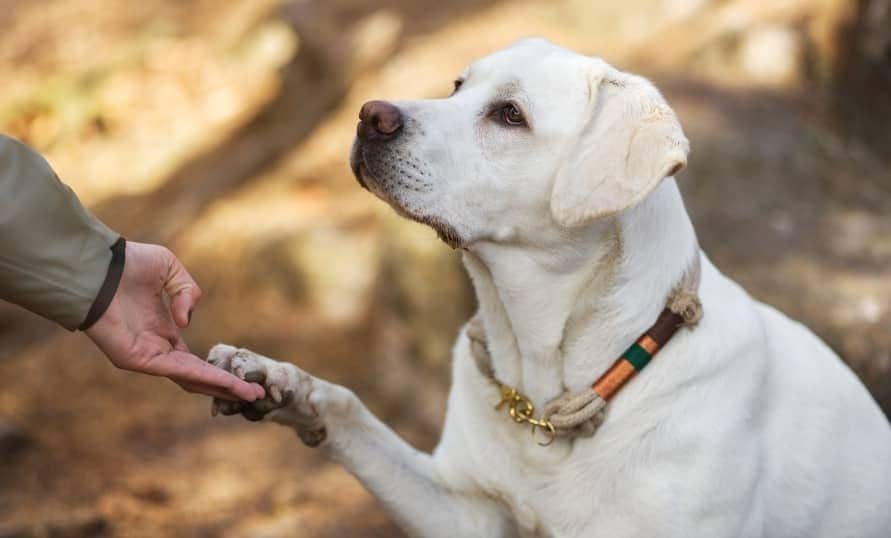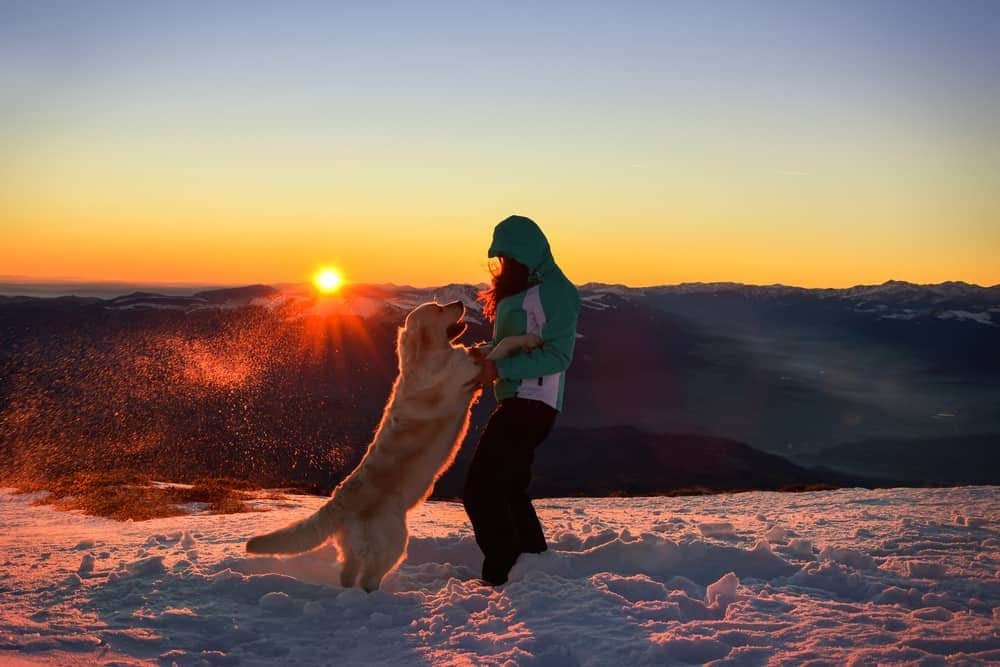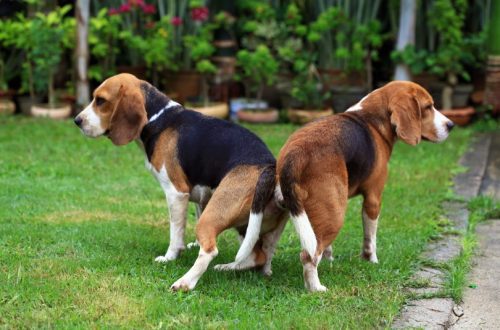
How to build a strong bond with your dog
If you’ve ever had a dog that shared a strong bond with you, you know how much love and trust a four-legged friend can provide. But what if you don’t know how to bond with a dog? While there is no one-size-fits-all approach to bonding with a pet, there are several effective approaches that can help you and your new friend become best friends.
Contents
Start with the right paw
Most puppies don’t have life experiences that make them wary of people. They are usually attached to a new owner within a few days or weeks. Remember that a baby just brought into the house will be a little shy, adapting to the new environment. Starting to explore the situation, he can become attached to only one person, or, conversely, quickly make friends with everyone in the house.
If your dog finds it difficult to communicate with people, give him space, time and more positive emotions. This can be done in the form of soothing words in a soft voice, small treats or caresses. If establishing a relationship with a dog doesn’t work at first – he will hide, tremble in your presence, or not go to the call – consider training with a dog handler that will help him feel more confident to build long-term friendships.
Establishing a bond with an adult dog
Things can get a little more complicated if you bring an older dog into the house or become a new member of a family that already has a dog. An adult dog already has a lot of positive or negative life experiences. Her routine may have recently been disrupted by a change in home or a change in family composition. In adult dogs, certain movements or actions can trigger memories of the traumatic experience. On the other hand, dogs that don’t welcome you into a happy home with open arms may feel the need to protect their owners. In this case, the question of how to make friends with a dog will be decided by itself.
Patience and positive reinforcement go a long way to building a strong bond with your dog. Resource Rover suggests spending more time with your furry friend doing their favorite activities, like playing stick toss or taking long walks in the woods. Physical contact, such as combing the coat or scratching behind the ears, helps to establish a warm relationship if the dog enjoys spending time in such activities.
It is also important to understand that dogs will bond more to some people and less to others. It’s okay if your bond with your dog is a little different from his relationship with a roommate or partner, even if you think you’re filling his bowl of food and throwing him a ball the same way. In some cases, establishing a strong bond with a dog may take more than one month or even more than one year. Do not show your disappointment, because if you start to break down on the dog or scare him, this will only slow down the process of mutual rapprochement. Track small progress and use these moments to gradually build a warm relationship.
 The ASPCA describes aggression as a series of actions rather than as a single incident or symptom. Aggression can be caused by anything from feelings of jealousy and a desire to tirelessly protect the wearer to painful sensations as a result of ailments such as arthritis or Lyme disease. Aggression is manifested in the form of growling, barking, biting or standing with legs wide apart.
The ASPCA describes aggression as a series of actions rather than as a single incident or symptom. Aggression can be caused by anything from feelings of jealousy and a desire to tirelessly protect the wearer to painful sensations as a result of ailments such as arthritis or Lyme disease. Aggression is manifested in the form of growling, barking, biting or standing with legs wide apart.
If hostile behavior interferes with bonding with the dog, a veterinarian should be consulted. It can help determine if the aggression is caused by a specific health problem that is causing the pet to feel unwell or scared. If the dog is healthy and her aggression is due to change or negative experiences, consider obedience training with a qualified dog handler to help the dog return to normal.
How to bond with a dog that is unfriendly or shy
Sometimes a dog may simply not trust a person and avoid contact. If a new dog or a dog you are a new person to is not friendly, try to give it as much space as possible. Play a little and keep company for a while, and the rest of the time let her be alone. You should pay attention to whether the dog develops relationships with other people or pets in the house. Sometimes animals form strong bonds with each other before they become friends with humans.
Communication with a timid dog requires quieter and gentler movements, and bonding will take longer. The Nest suggests giving a shy dog a chance to come to you when they’re ready. To do this, you need to create a favorable environment, sitting with her in the same room and allowing her to get used to your presence. Minimizing noise from the TV or radio will also help keep your dog calm. Group pet play can help a timid dog become more social with other pets and people. Start with a small group of dogs of the same size.
Strengthening friendship
Whether it takes days, months, or years to establish a friendship with a dog, once the bond is formed, it must be strengthened. Continue to spend time with your pet and give him positive reinforcement. Look for opportunities for fun adventures that will create many fond memories and strengthen your bond over time. Perhaps the four-legged friend had a negative experience in the past or it is very difficult for him to accept new members into the family. But once the connection is established, you can cherish every moment spent together!






